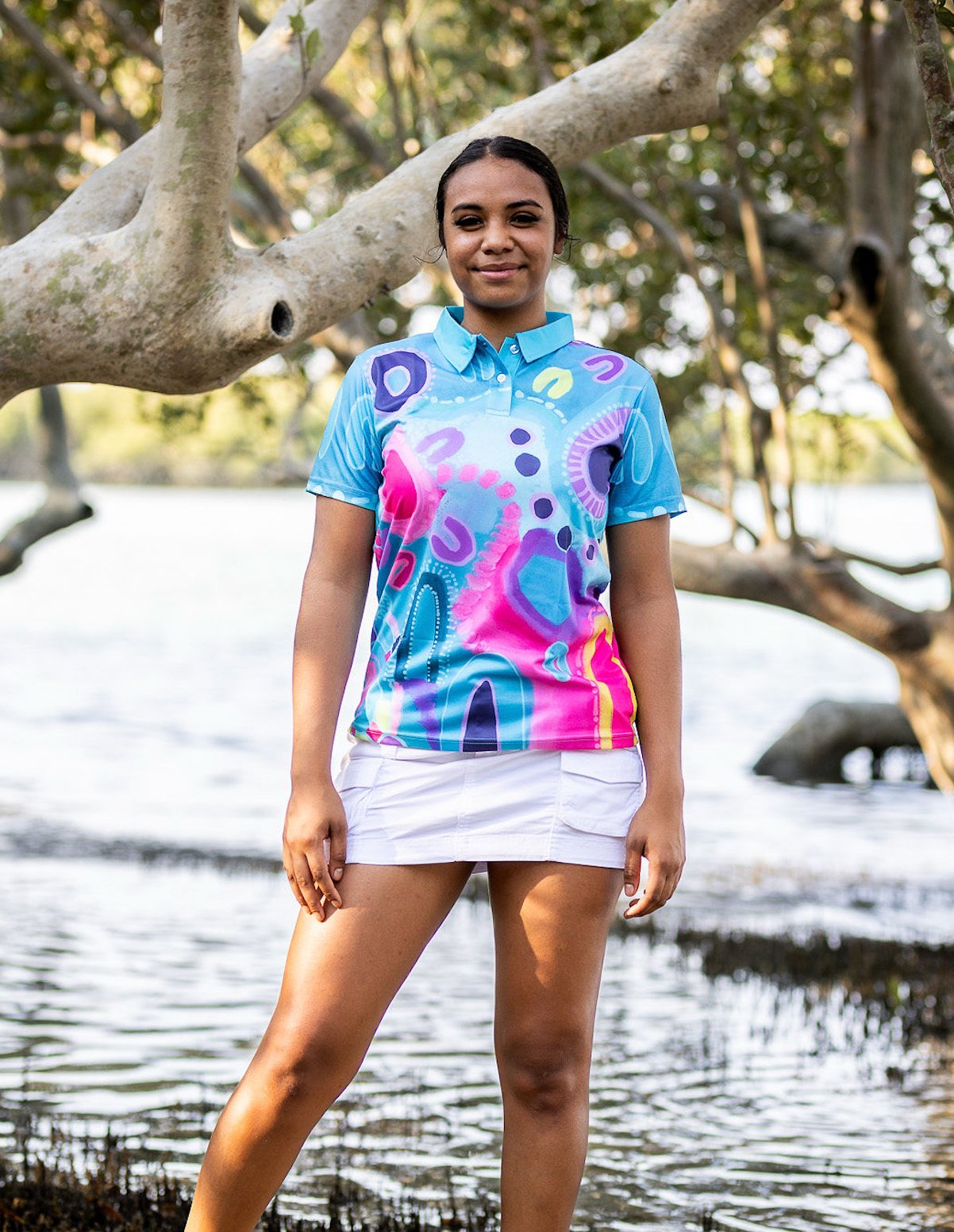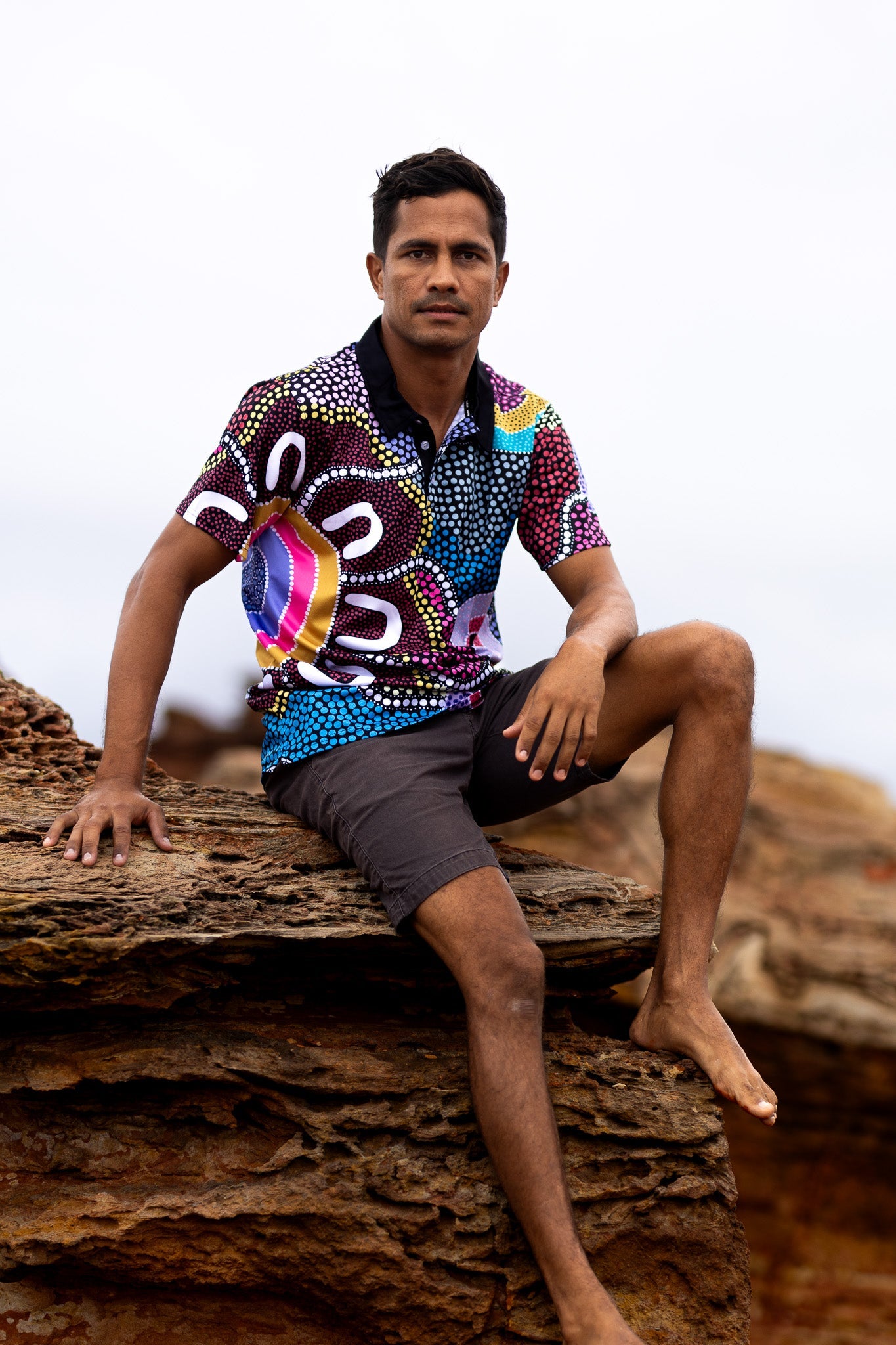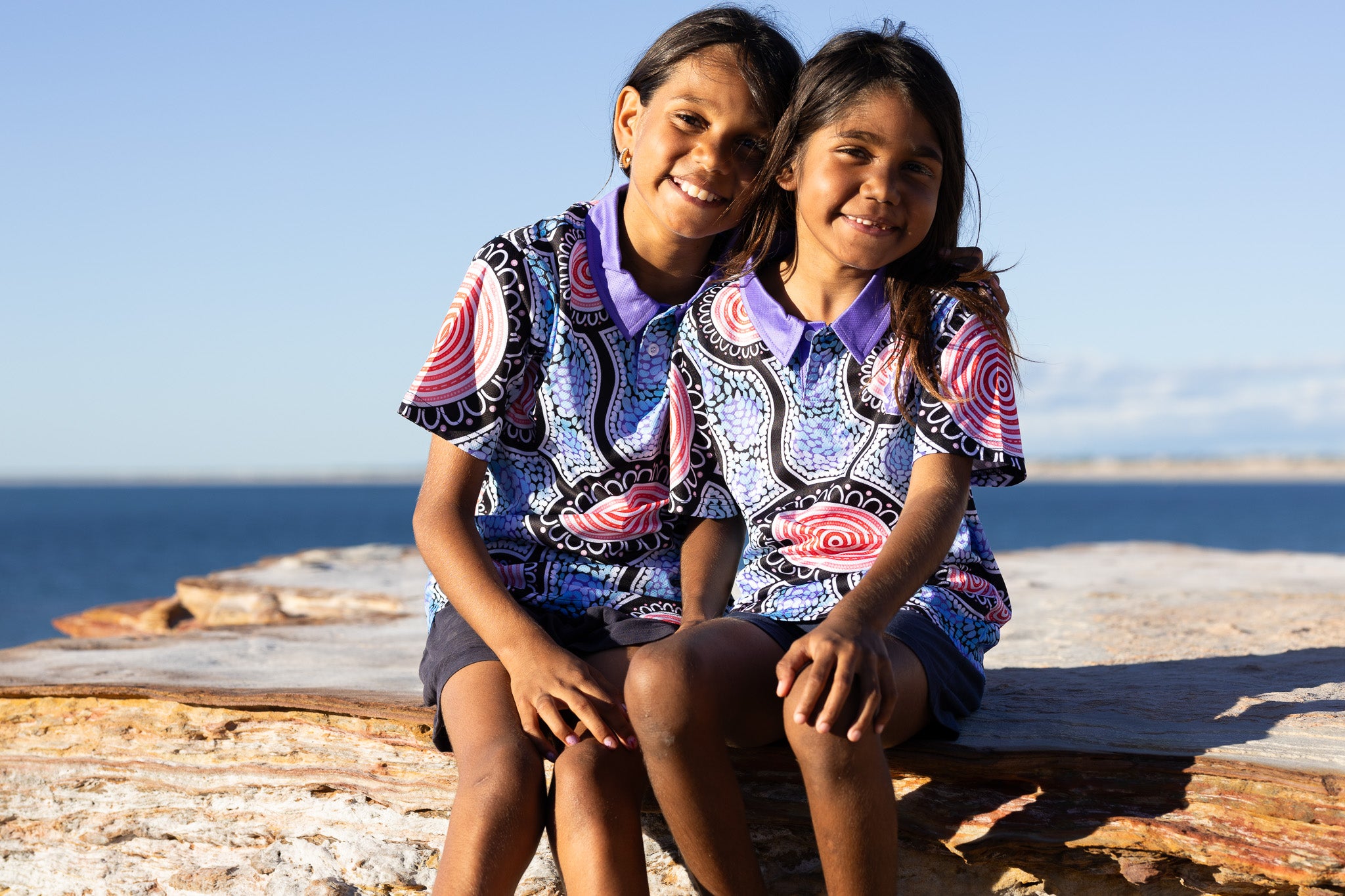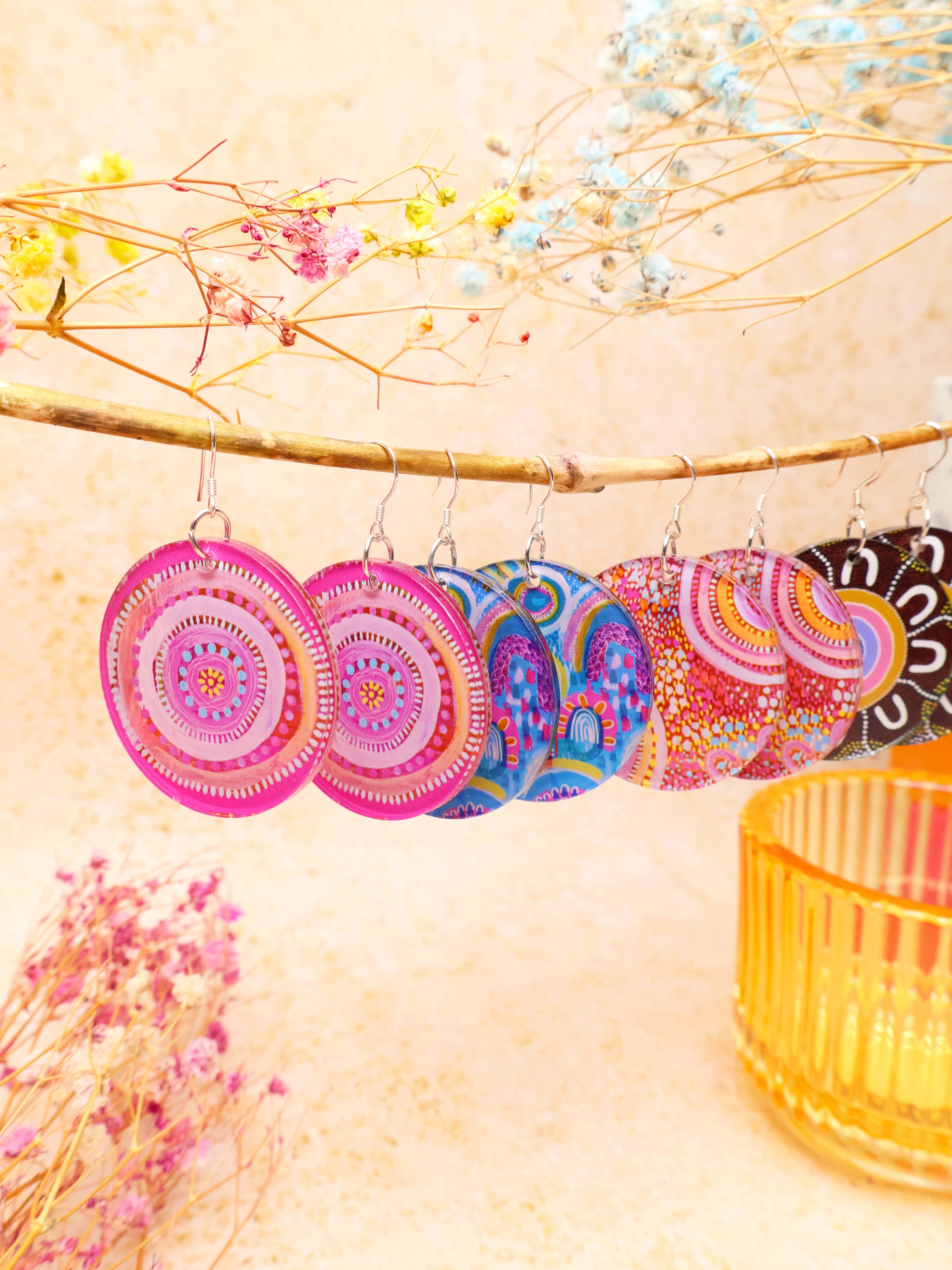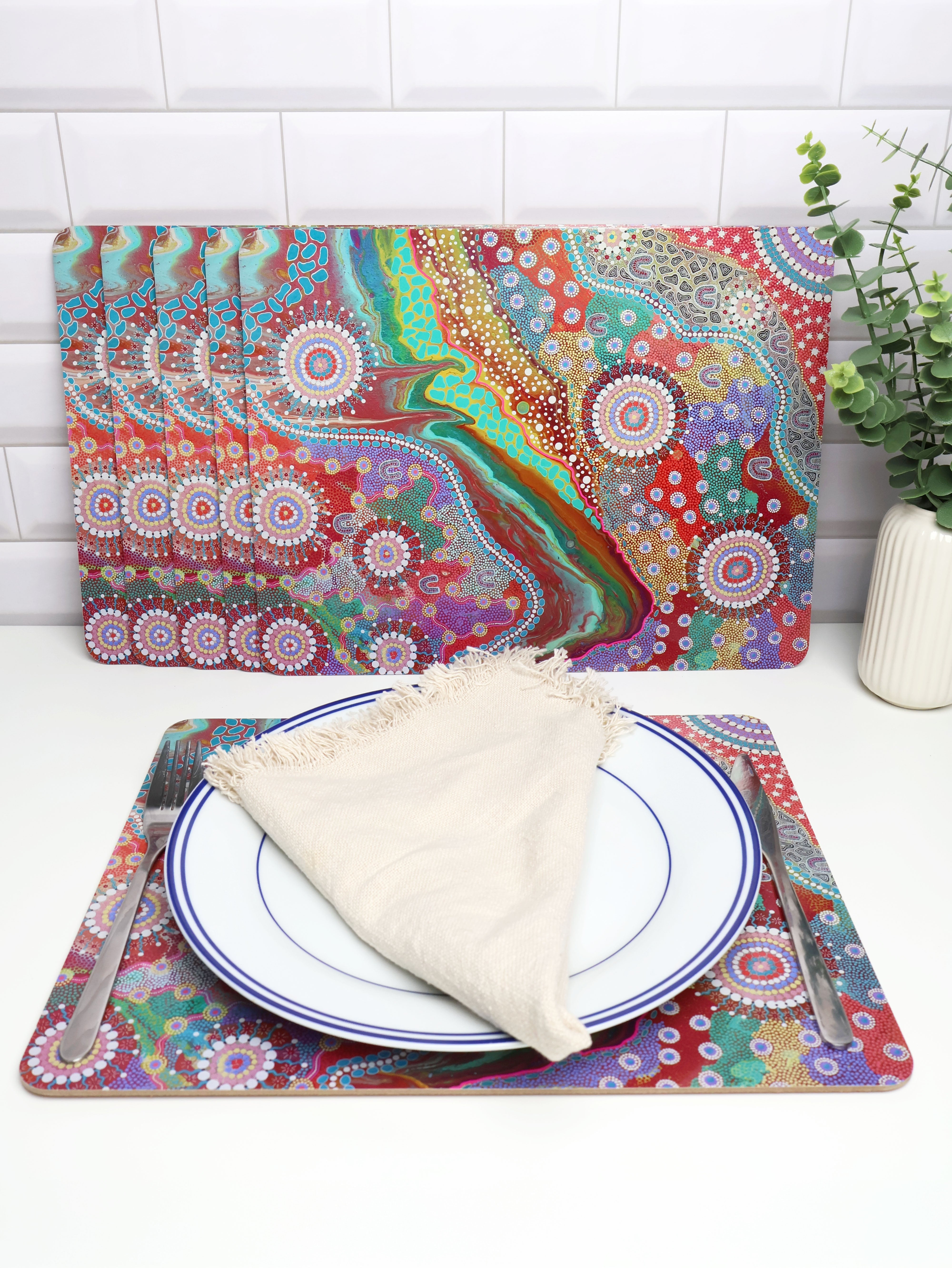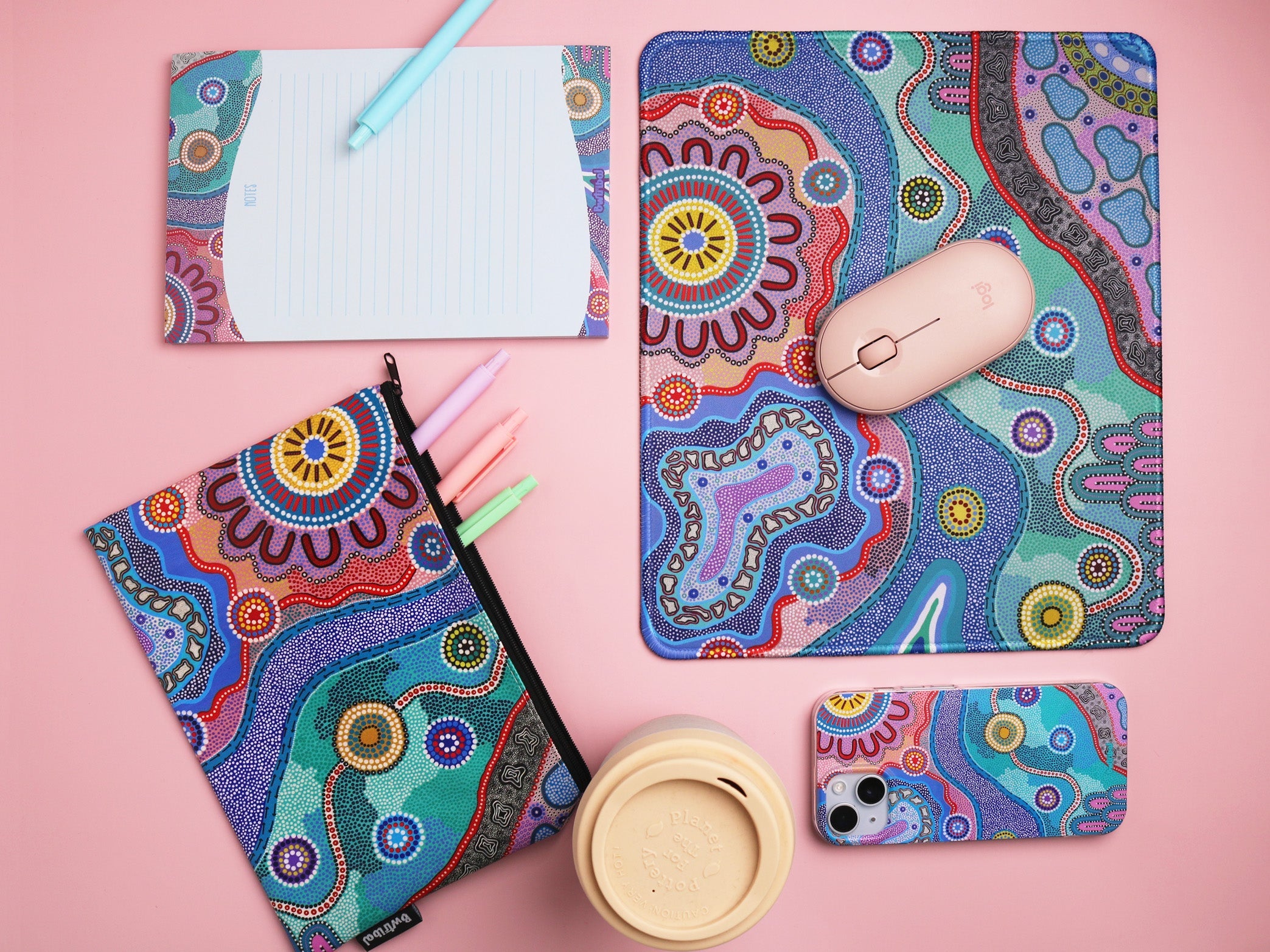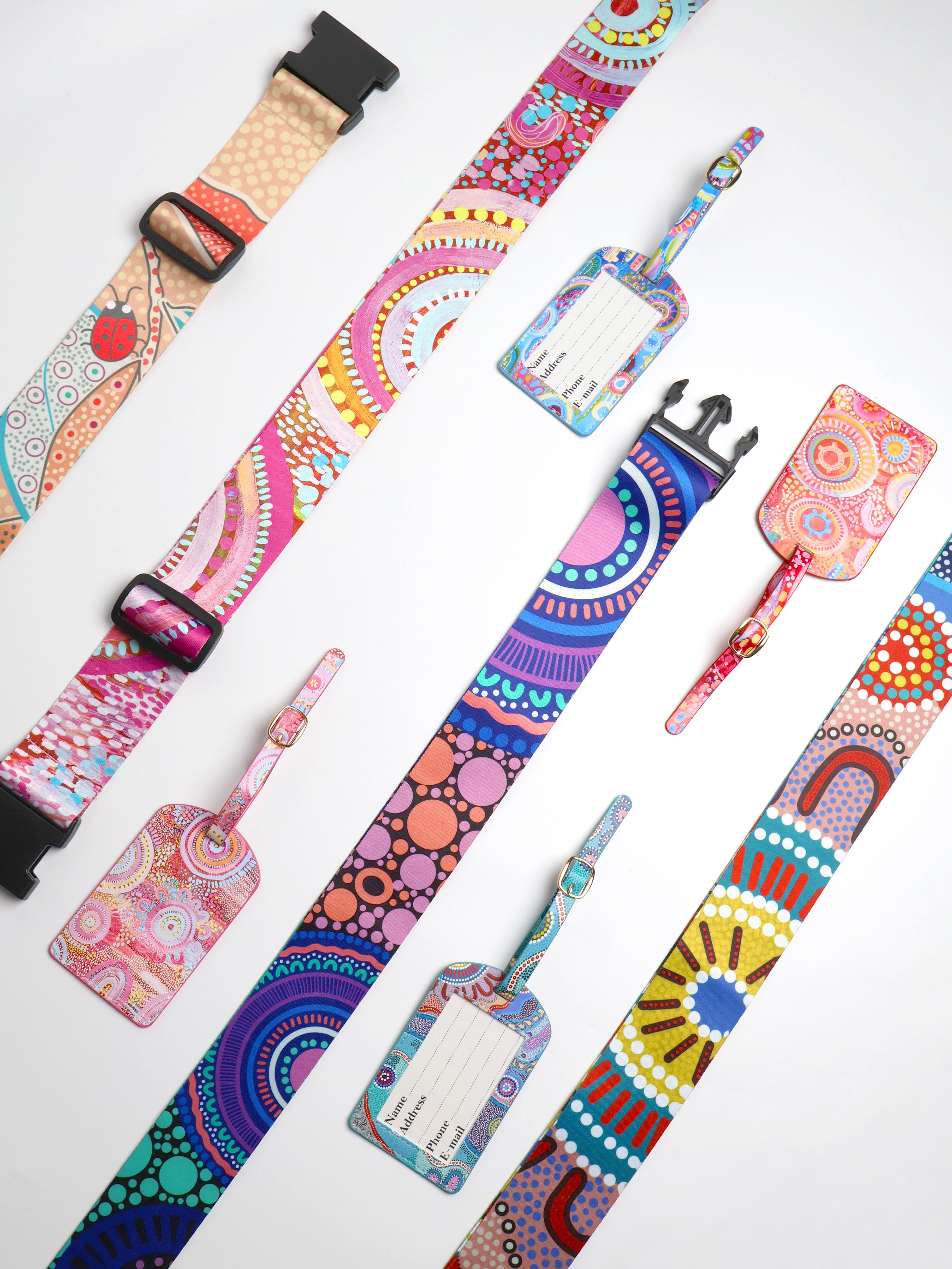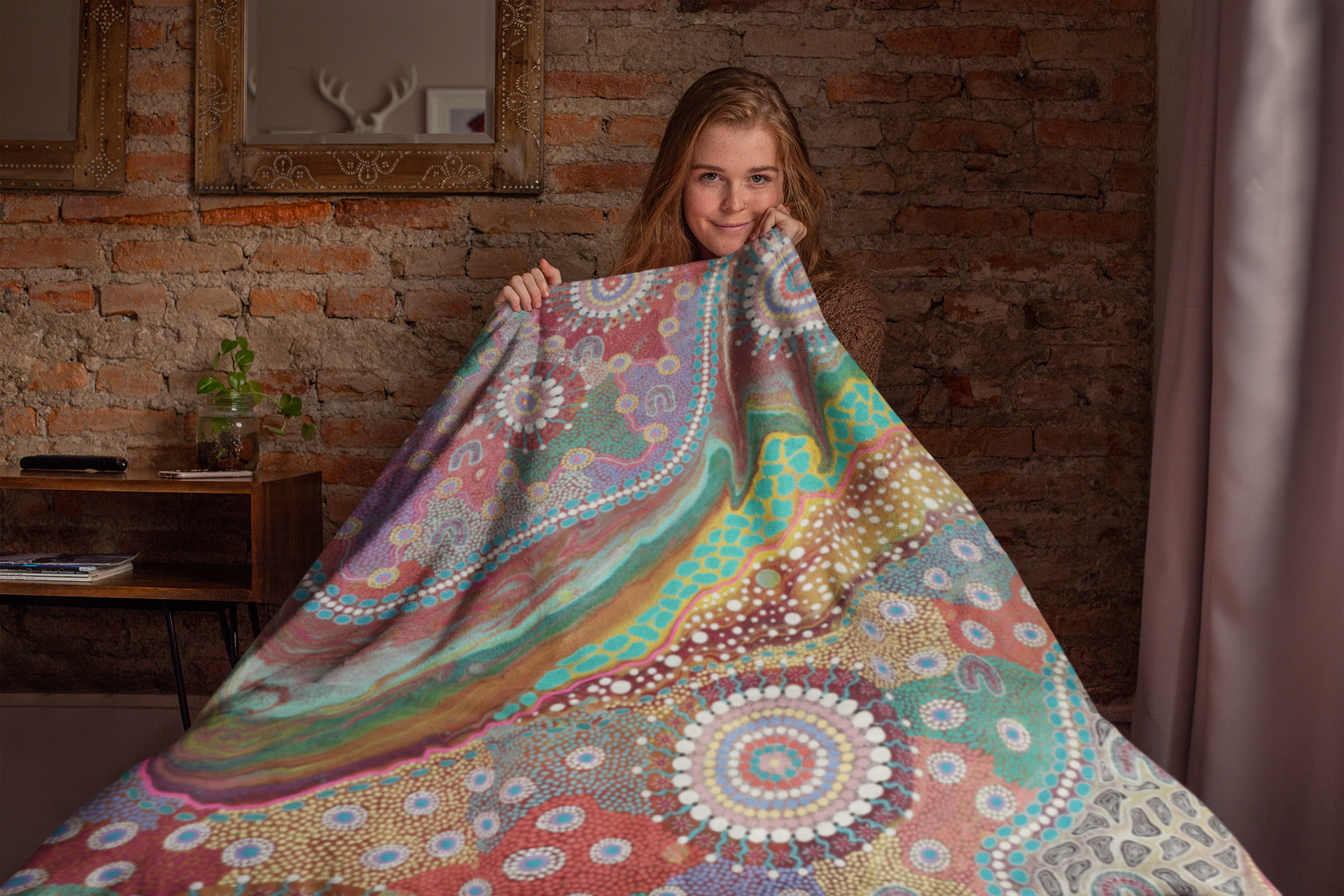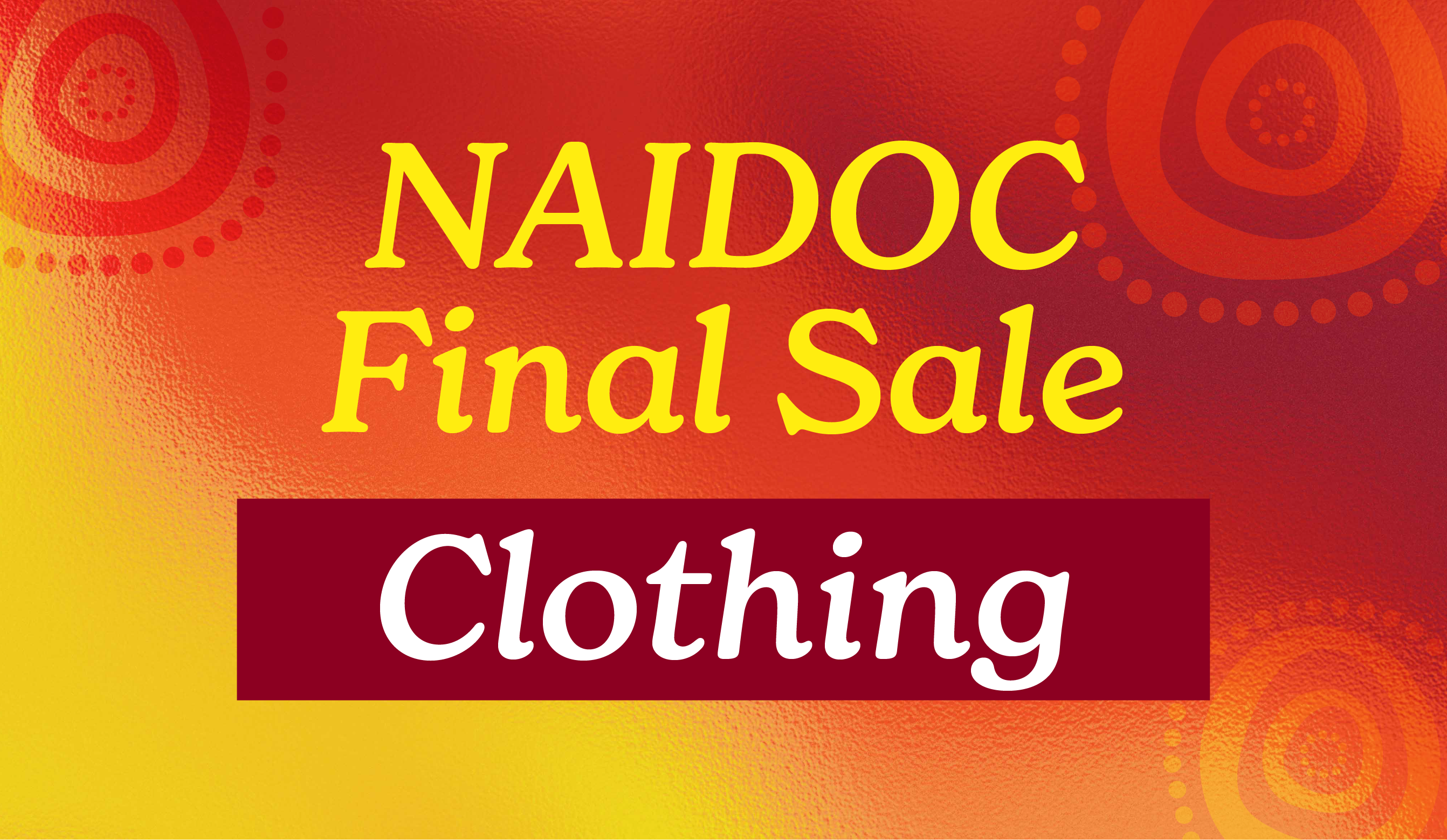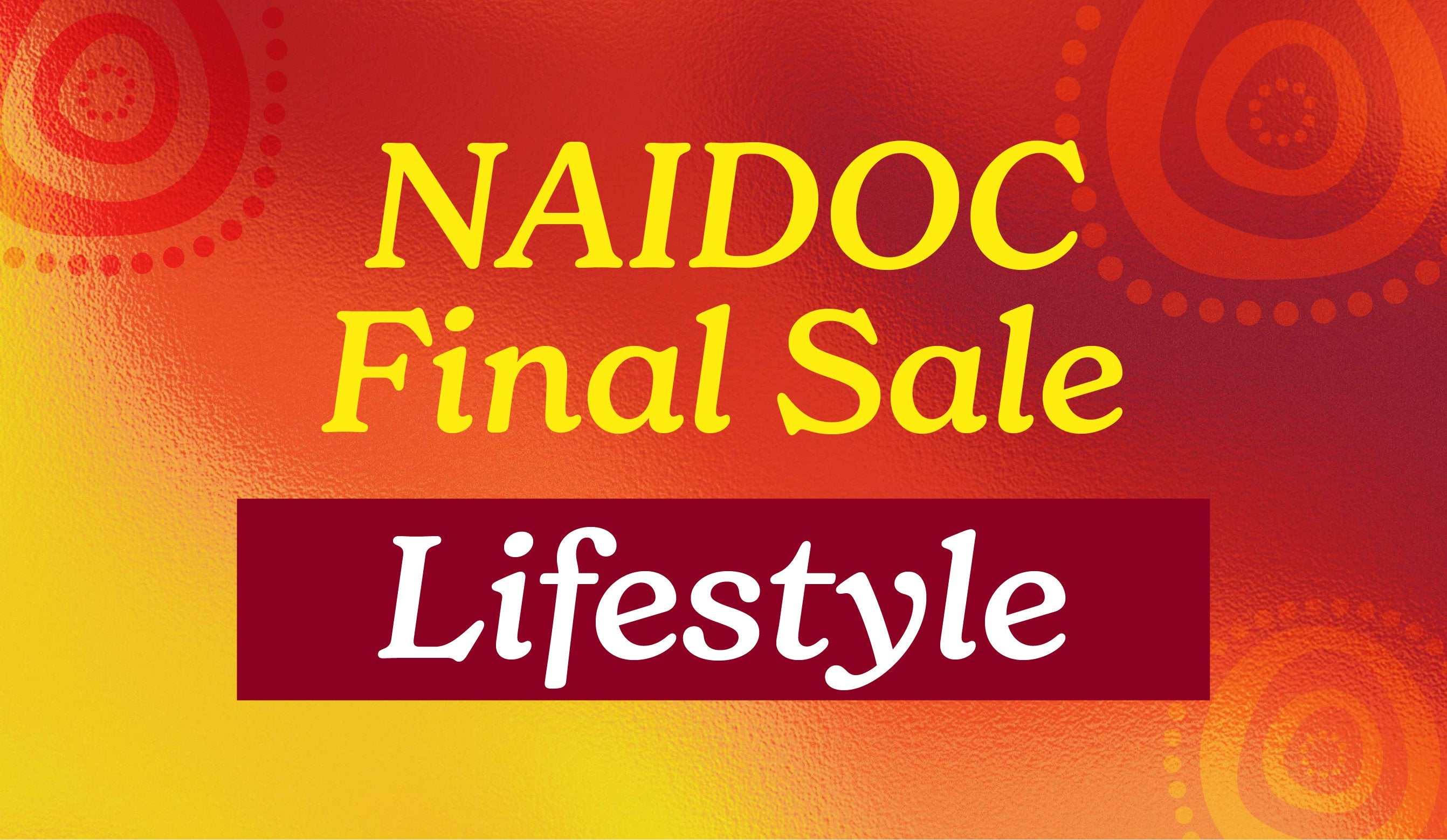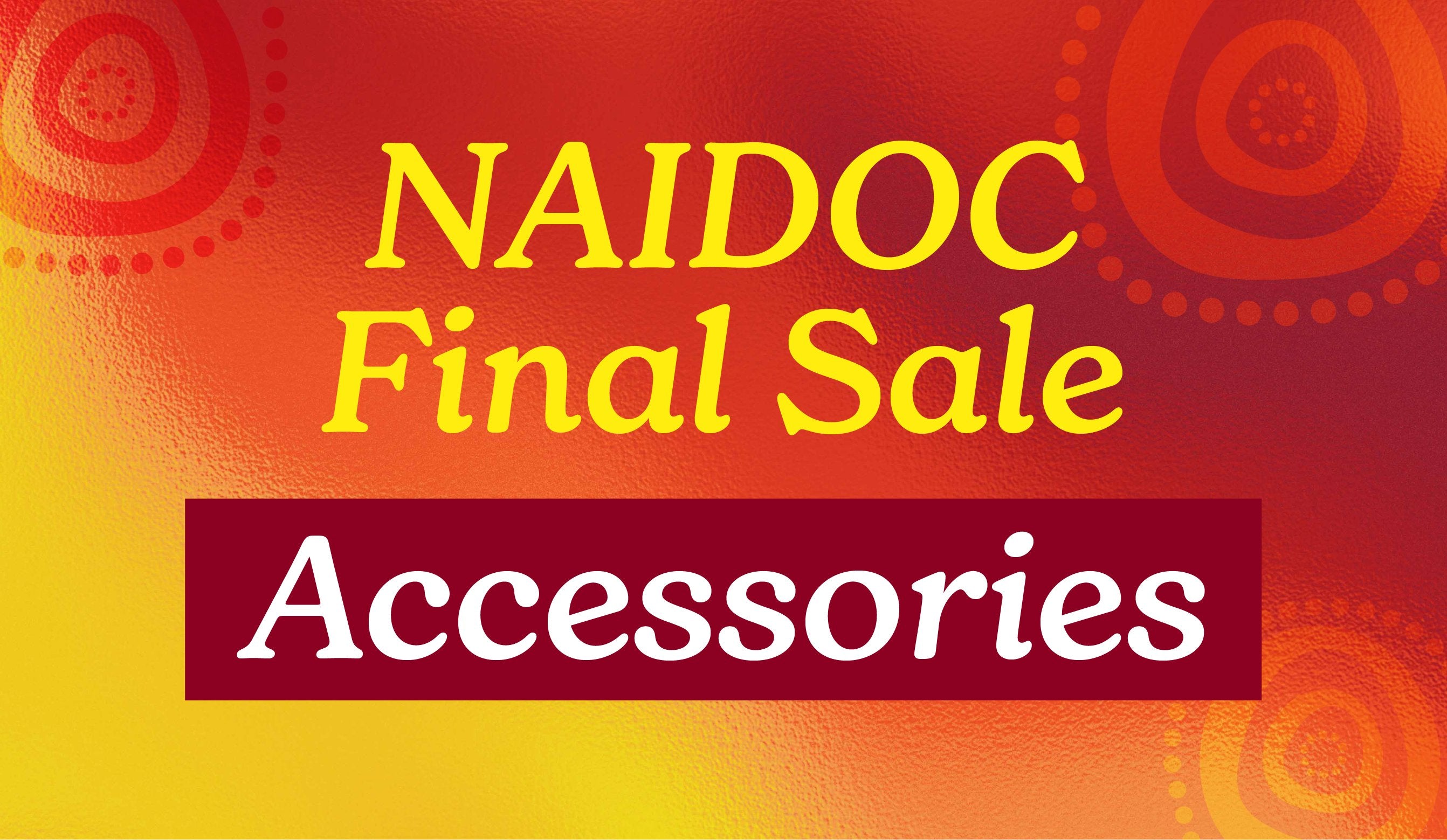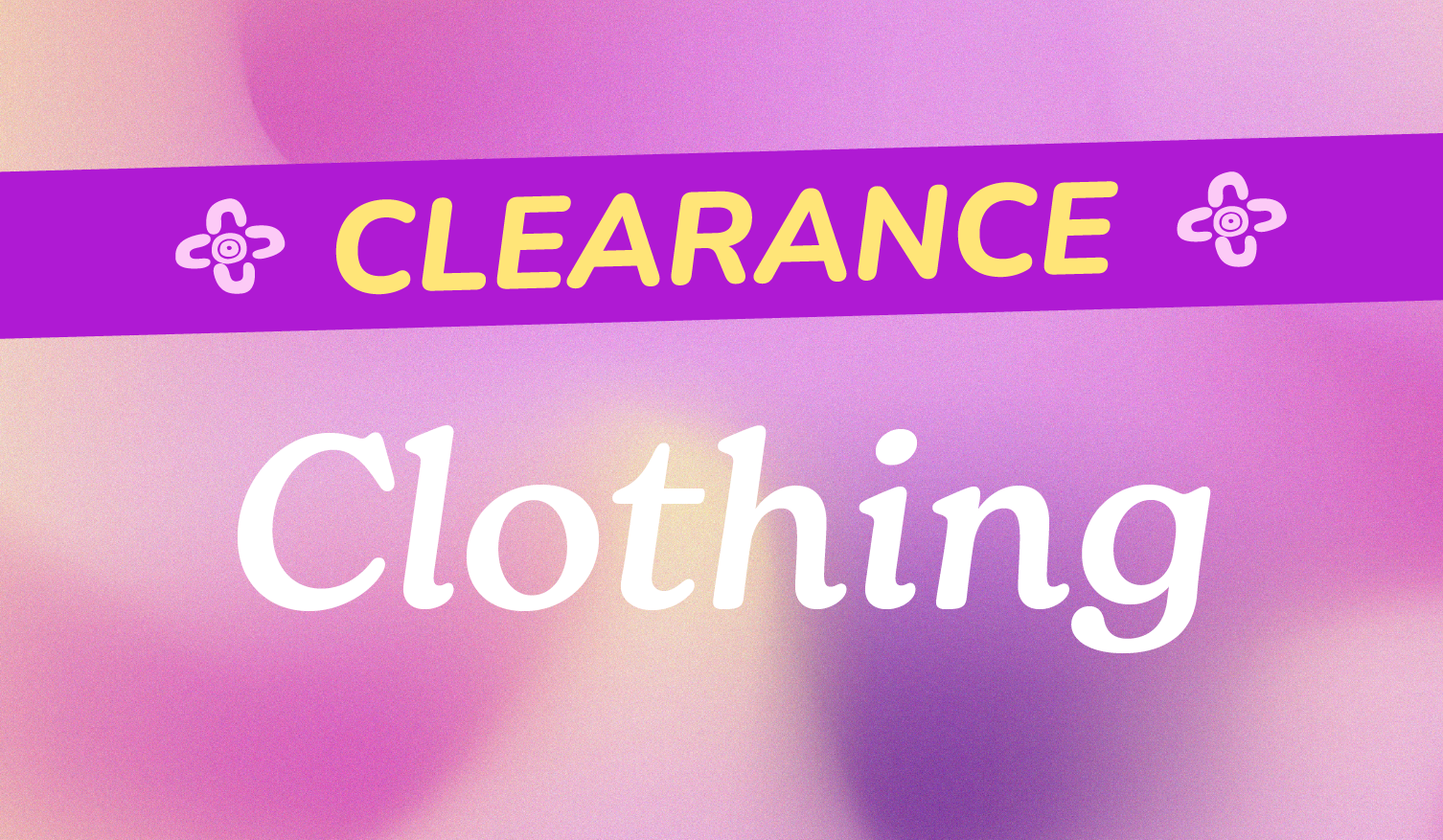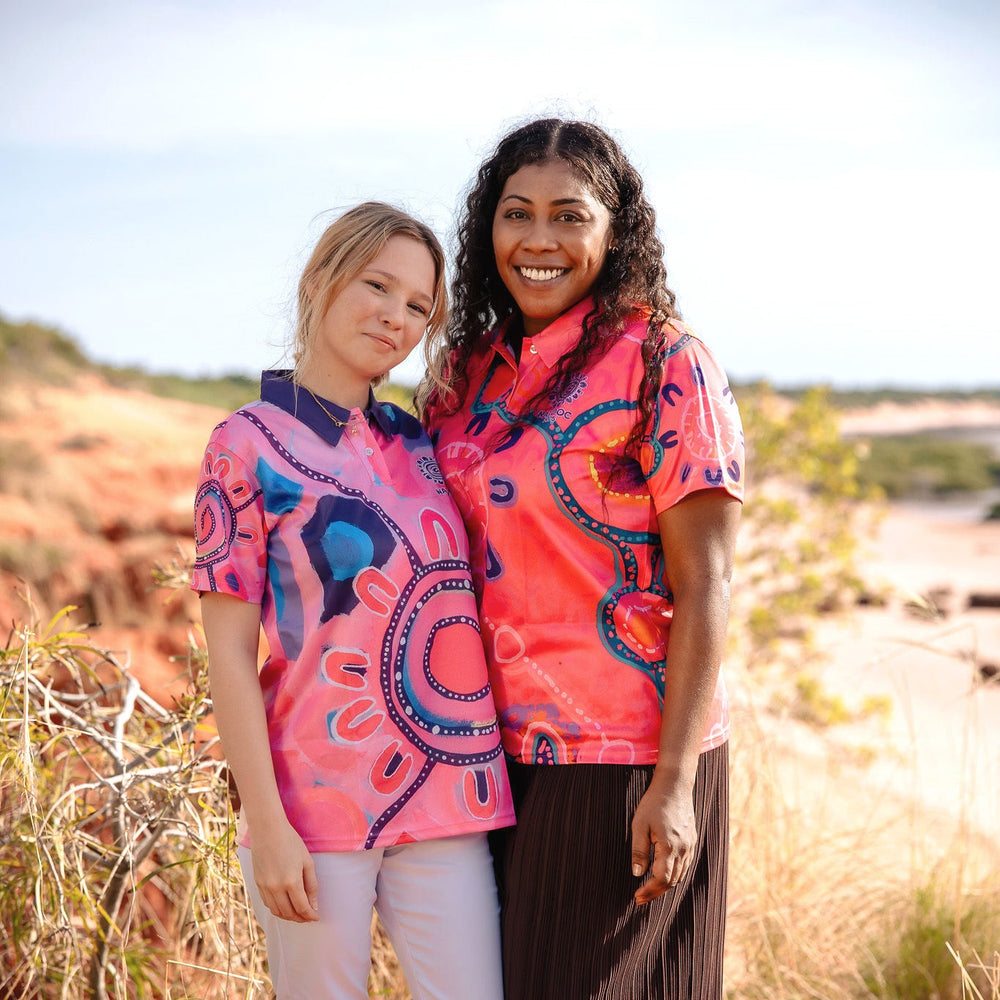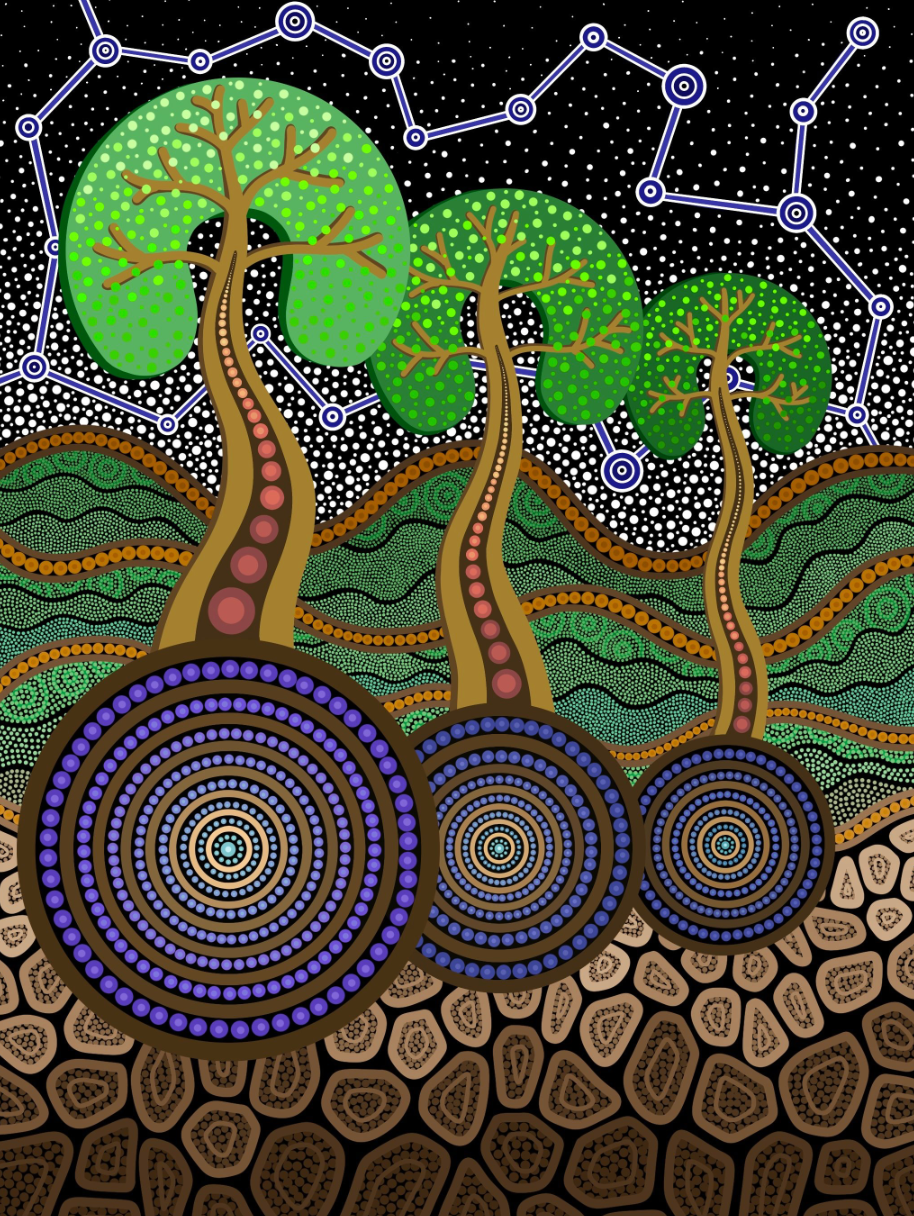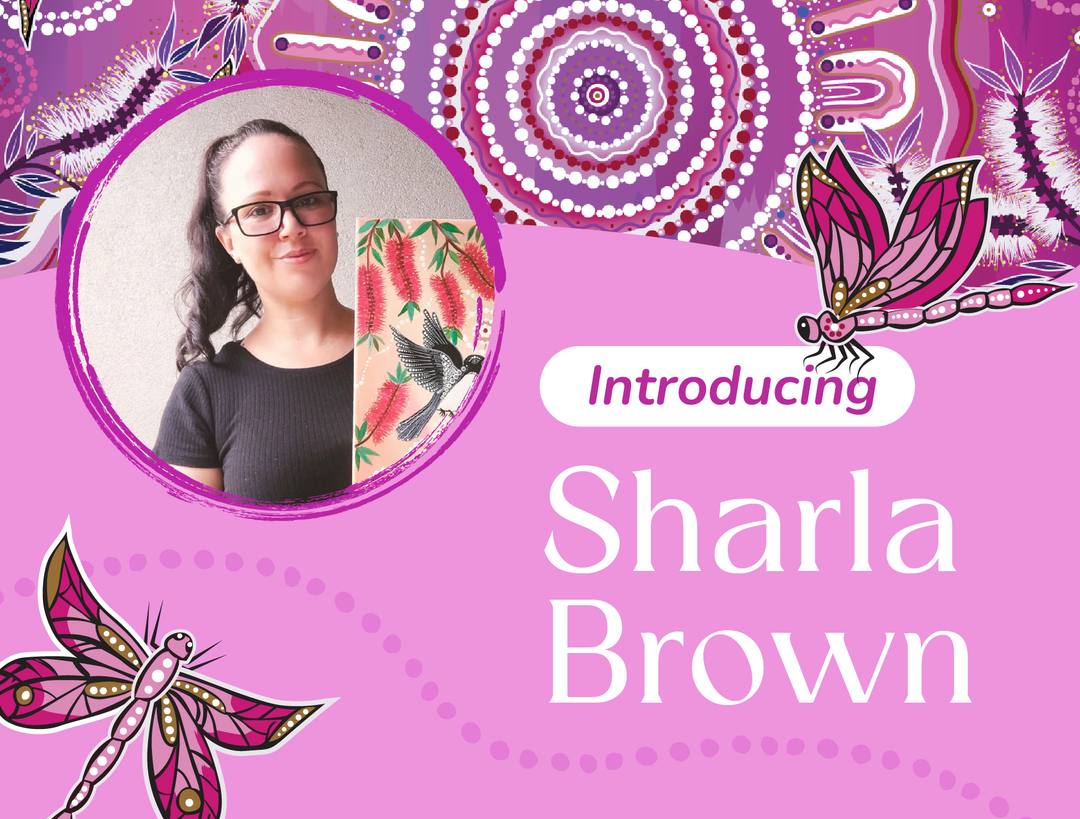The Essence of Aboriginal Art: A Journey Through Time and Significance
Aboriginal art is a testament to the world's most ancient continuous culture. Spanning over 50,000 years, this art form has been an integral part of Indigenous peoples' identity, serving as a bridge connecting them to their ancestors, traditions, and the Australian landscape.
The Roots of Aboriginal Art
The importance of Aboriginal art lies in its age-old tradition of storytelling. Before the arrival of Europeans, there was no written Aboriginal language. Instead, stories were the medium through which knowledge was passed down, traditions were upheld, and history was documented. These tales have withstood the test of time, either passed down orally between generations or visually through art. Ancient rock art, some dating back tens of thousands of years, has been discovered throughout Australia. Each piece offers a glimpse into the lives of ancient First Nations peoples, as narrated by their descendants today.
From Ancient to Contemporary
Until the 20th century, Aboriginal artists primarily used ochres to paint on rocks, bark, and their bodies. The shift to contemporary paintings began around the 1930s with Albert Namatjira's western-style watercolours of desert landscapes. However, the real emergence of contemporary Indigenous art can be traced back to the 1970s. Geoffrey Bardon, a teacher, spent time in the remote Central Australian community of Papunya. His interactions there led to the introduction of Aboriginal art to the commercial art scene. This period also saw the birth of the iconic dot painting style, associated with the central and western deserts of Australia. While the stories, symbols, and icons depicted in dot painting have deep historical roots, the technique itself began only about 40 years ago.
Decoding the Symbols
Aboriginal art is rich in symbols, each carrying a unique meaning. These symbols, based on simple shapes, lines, and patterns, play a pivotal role in preserving Aboriginal culture. They vary across regions and tribes, and many artworks are open to multiple interpretations. Common symbols include the U shape representing a man, footprints of native wildlife, and concentric circles symbolising campsites or meeting places. These symbols not only help preserve history but also impart wisdom about survival, resources, community, and the deep connection between the Indigenous people and their land.
Modern Influencers in Aboriginal Art
From Albert Namatjira's pioneering watercolours to modern artists like Kaylene Whiskey, Aboriginal art has seen a plethora of talent. Contemporary Aboriginal art is now sought after globally, with artists pushing boundaries using mediums like photography and video.
Why Buy Aboriginal Art?
Purchasing Aboriginal art is not just about owning a piece of art; it's about being part of a story, a tradition, and a culture. It's a way to support Indigenous communities, ensuring their stories continue to be told and their traditions preserved.
Discover the Beauty of Aboriginal Art with BW Tribal
At BW Tribal, we celebrate the rich tapestry of Aboriginal culture. Dive deep into the mesmerising world of Aboriginal art, explore our collections, all designed by First Nations artists, and be part of this ancient storytelling tradition. Whether you're a die-hard fan or new to Aboriginal art, BW Tribal is your destination to discover, appreciate, and buy wearable pieces of authentic Indigenous art.
Discover the magic of Aboriginal art. Wear Art. Wear Culture. Wear BW Tribal.





